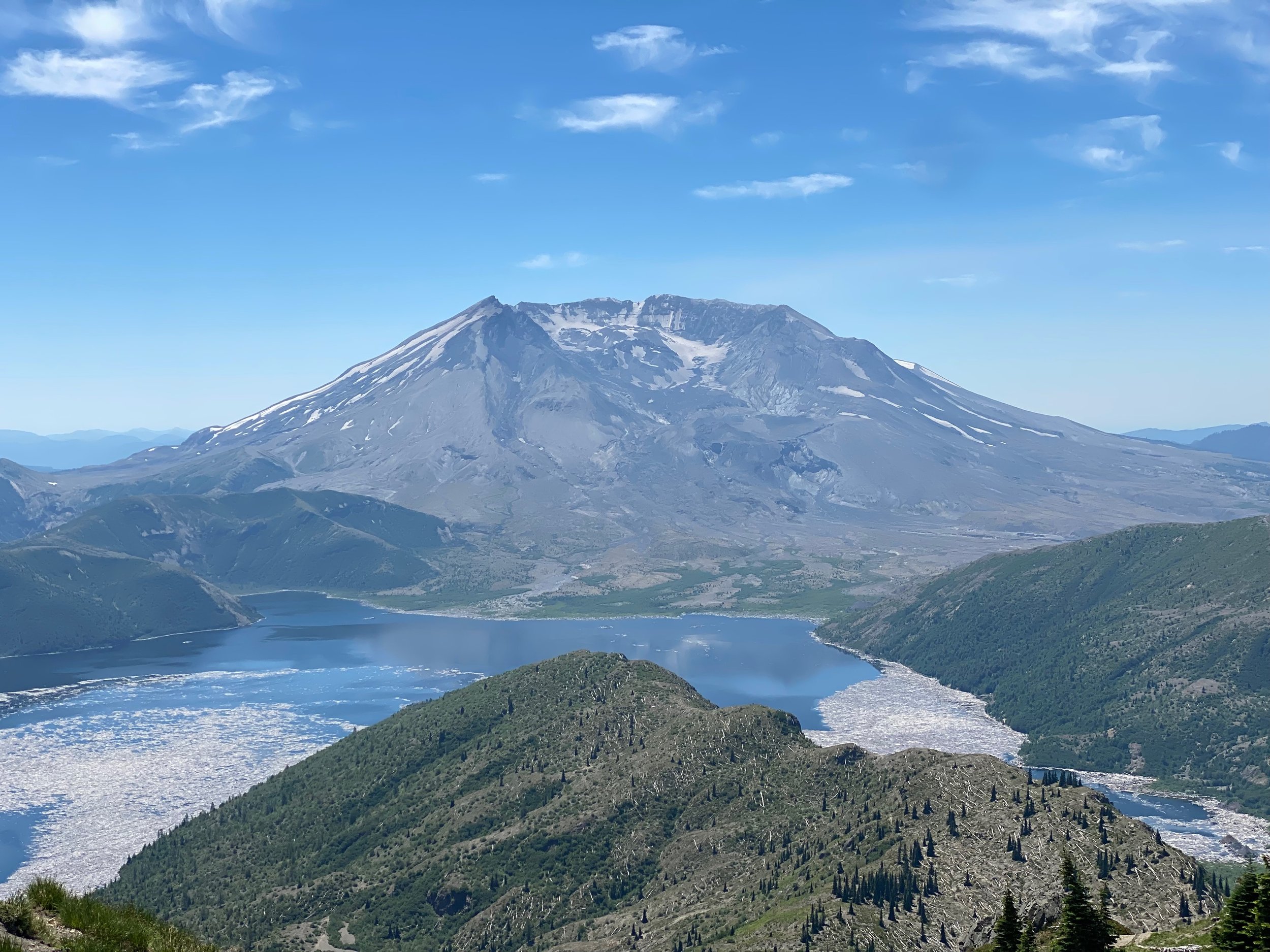
BIGFOOT 200
TIPS AND THOUGHTS
-
GPX of entire course (with waypoints at aid stations and elevation data, suitable for Coros users): Bigfoot 200 22
-
Randle weather for 2021 (for comparison)(highs and lows starting on race day): 100 69, 94 65, 89 62, 82 57, 69 53
Links for very accurate Bigfoot weather.
-
I’ll be adding to this discussion from time to time.
I tend to be a little more packed up than most. I pack a lightweight puffy and a rain shell from the beginning, so that way I don’t have to think too much in the aid stations. Everyone handles these issues differently, though.
-
Eat as much natural food as you can.
-
You're going to have to make some judgments here. I have never been able to sleep in the sleep stations, so I always just sleep on the side of the trail. And I normally don't sleep for more than eight minutes at a time. Usually my total sleep is about 180 to 250 minutes for the entire race. I tend to see sleep as one of those things that you can't ration. Just do it when it occurs to you. However, one observation is that when I did a self-supported 200 with my wife, we built in several hours of sleep each night (we could stay in a hotel). I suffered about 90% fewer hallucinations and generally felt better, even though it took me about 15 hours longer than I was used to. So there's that.
-
What I use: UltraSpire light waistbelt attached to a Speedgoat 3 with a cannibalized Oculus lighting unit (best red light ever).
Black Diamond Storm 500 R on my head on green or red.
Backup: Petzl Reactik Swift 900 (I hardly ever go above 200 lm)
Failsafe: Two Petzl Bindis in the pack
